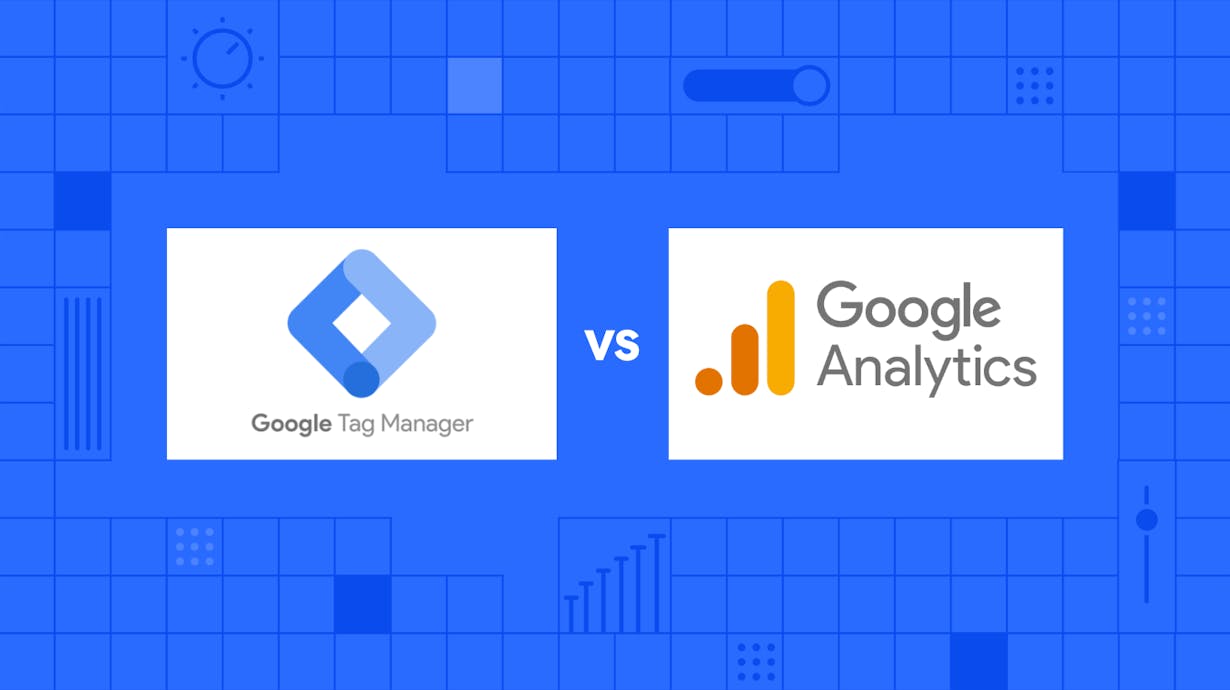Crucial Facts About What Is Not Considered a Source in Google Analytics by Default
Crucial Facts About What Is Not Considered a Source in Google Analytics by Default
Blog Article
Using the Full Prospective of Google Analytics for Business Development
In the realm of electronic organization strategies, Google Analytics stands as a stalwart device for companies looking for to browse the complexities of on the internet data. Its capabilities extend much past simple web site traffic monitoring, offering a wealth of understandings that, when used properly, can drive considerable growth and success. As organizations aim to make enlightened decisions and optimize their online presence, the inquiry develops: Exactly how can one truly open the complete potential of Google Analytics to move service development and achieve tactical purposes? This conversation intends to shed light on the untapped opportunities and critical methods that can change the way companies leverage this effective system.
Establishing Google Analytics Account
Setting up your Google Analytics account is a crucial initial action in successfully tracking and analyzing data for your business development. To start, check out the Google Analytics site and indication in with your Google account. Next off, click on "Begin free of charge" and follow the triggers to establish your account by supplying details about your website, such as the name, URL, industry group, and reporting time area.
After completing these actions, you will receive a tracking ID, which is an one-of-a-kind code that you require to include to your site. This code permits Google Analytics to accumulate information and generate records based on the task occurring on your website. You can add this monitoring ID by hand to your web site's HTML code or utilize a plugin if you are utilizing a system like WordPress.

Understanding Trick Metrics

Website Traffic Sources: Comprehending where your web site web traffic is originating from (straight, natural search, social media, references) helps in customizing your marketing techniques to focus on networks that drive one of the most site visitors.
Bounce Rate: This statistics suggests the percentage of site visitors who browse far from your site after viewing just one page - What Is Not Considered A Source In Google Analytics By Default. A high bounce rate might signify issues with site usability or content importance
Conversion Price: Tracking the percentage of site visitors that finish a wanted action, such as signing or making an acquisition up for a newsletter, is essential for evaluating the efficiency of your internet site in accomplishing organization goals.
Pageviews: Checking the number of times each web page on your site is checked out offers insights into prominent content and individual involvement levels.
Implementing Custom-made Monitoring
To enhance the depth of insights gathered from Google Analytics, businesses can benefit significantly by integrating custom monitoring techniques tailored to their details objectives. Customized monitoring permits companies to track special information points that are not caught by default in Google Analytics. By applying personalized monitoring, business blog can gain a more thorough understanding of user habits, conversion patterns, and various other key metrics that are crucial for making notified service decisions.
One usual method of customized monitoring is establishing occasion tracking to check certain user interactions on a website, such as clicks on switches, video sights, or downloads. This enables organizations to examine the effectiveness of their web site elements and advertising and marketing campaigns extra precisely.
In addition, companies can develop customized measurements and metrics to track and analyze data that is specific to their industry or organization model. An e-commerce company might set up customized tracking to keep track of the efficiency of various item groups or client sectors.
Analyzing Conversion Courses
By leveraging the insights gained from personalized monitoring techniques, businesses can currently concentrate on analyzing conversion courses to further fine-tune their understanding of user actions and enhance their conversion techniques. Analyzing conversion courses entails checking out the series of actions users take before completing a wanted activity, such as authorizing or making an acquisition up for a solution. By delving into the conversion courses within Google Analytics, organizations can recognize common paths that lead to conversions, as well as any type of bottlenecks or drop-off factors that may prevent the conversion procedure.
Via their website the analysis of conversion paths, businesses can get beneficial understandings into the performance of their web site design, content, and phones call to activity. This data can aid companies make notified choices regarding where to assign sources for maximum effect on conversion rates. By understanding the different courses individuals tackle their trip to conversion, services can customize their marketing methods to better overview individuals with the conversion channel and ultimately enhance their total conversion rates.
Using Advanced Functions
Use the full capacity of Google Analytics by exploring its advanced features to improve your service's data-driven decision-making capabilities. Customized records allow you to tailor the data presented to meet your specific organization requirements and objectives.

Furthermore, advanced segmentation allows you examine different subsets of your web site's web traffic to determine patterns, trends, and possibilities. By segmenting your target market based on numerous requirements like demographics, habits, or website traffic resources, you can much better recognize their preferences and tailor your advertising techniques as necessary. Leveraging these innovative attributes in Google Analytics can supply important understandings that drive educated decision-making and ultimately add to your business's development.
Final Thought
In conclusion, using the full possibility of Google Analytics for business development includes setting up an account, comprehending key metrics, executing custom tracking, assessing conversion courses, and using innovative functions. By utilizing these methods efficiently, companies can gain beneficial insights right into their site performance, user actions, and conversion rates. This data-driven method can aid companies make informed decisions, enhance their on the internet existence, and inevitably achieve lasting development.
As companies strive to make educated decisions and maximize their on the internet presence, the concern occurs: How can one truly unlock the complete capacity of Google Analytics to move service growth and accomplish tactical objectives?To boost the depth of understandings gathered from Google Analytics, organizations can benefit see it here substantially by integrating custom monitoring techniques tailored to their particular goals. Custom tracking enables companies to track one-of-a-kind data factors that are not caught by default in Google Analytics. By delving into the conversion courses within Google Analytics, services can recognize usual paths that lead to conversions, as well as any traffic jams or drop-off factors that might hinder the conversion procedure.
In final thought, utilizing the full capacity of Google Analytics for organization development includes establishing up an account, understanding crucial metrics, carrying out custom monitoring, assessing conversion courses, and utilizing sophisticated features.
Report this page